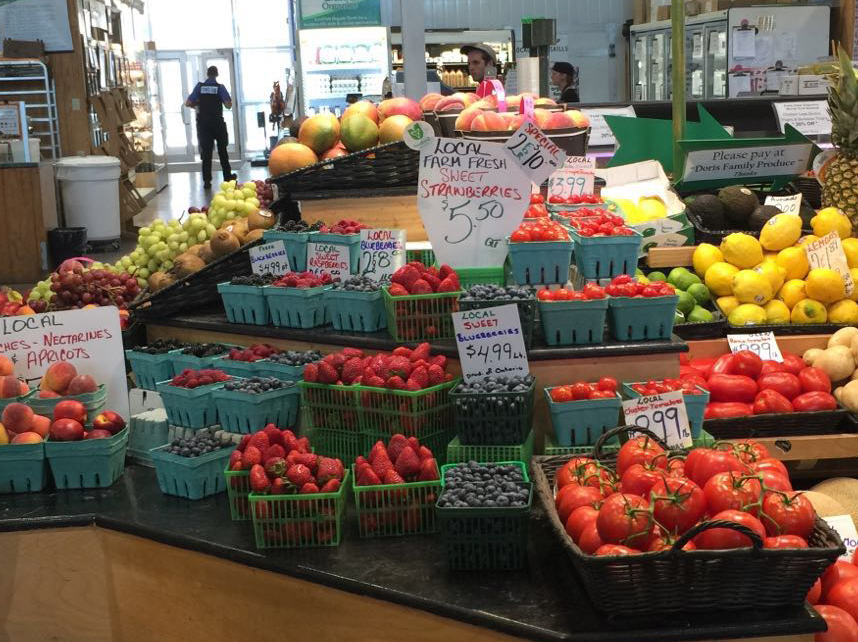 The Golden Horseshoe Food and Farming Alliance has received $100,000 funding from the Greenbelt Fund’s Local Food Investment Fund to increase municipal local food procurement in Golden Horseshoe Municipalities.
The Golden Horseshoe Food and Farming Alliance has received $100,000 funding from the Greenbelt Fund’s Local Food Investment Fund to increase municipal local food procurement in Golden Horseshoe Municipalities.
Specifically, the project is working with municipal partners to increase the procurement of locally-sourced food in long-term care facilities in the Region of Durham, the Region of Halton, and the City of Hamilton, and in Regional office cafeterias in York and Durham. The GHFFA has hired Soni Craik Christie as Project Manager to maximize local food purchases in these municipally-operated facilities and cafeterias.
Soni presented an update at our Alliance meeting held earlier this week, and we are excited to see the project coming into full swing.
The goal for the project is to be able to identify current local food sales (2016) in each of the municipally-managed long term care facilities, and in each of the regional cafeterias, by creating velocity reports that highlight current local food purchases. The regional teams will then strategize to increase the amount of local Ontario food used in the facilities by 5% by January 2018.
Included in the actions of the project is to build the knowledge in municipal procurement departments about what opportunities exist around contractual language options that could be considered for future RFPs, and learning opportunities for the Long Term Care (LTC) teams in the Food for Thought workshop series.
Thus far, presentations have been given in Halton, Hamilton and Durham; teams and relationships have been built in each region; velocity reports have been requested and are almost complete; an initial Food for Thought Learning Session has been delivered to LTC teams; creation and delivery of the community Needs Assessment is complete; and a partnership has been created with Burlodge for a Food for Thought November workshop.
Before the end of 2016, among many other tasks, the project aims to work with distributors to develop a tracking system for local food purchases, work with GHFFA team members to identify potential local food providers for seasonal products, and create a plan to increase local food procurement by at least 5% by project end.
Stay tuned for more updates on this exciting project. We are thankful to have received this funding, allowing us to use the purchasing power of public institutions to support local food and farmers!
